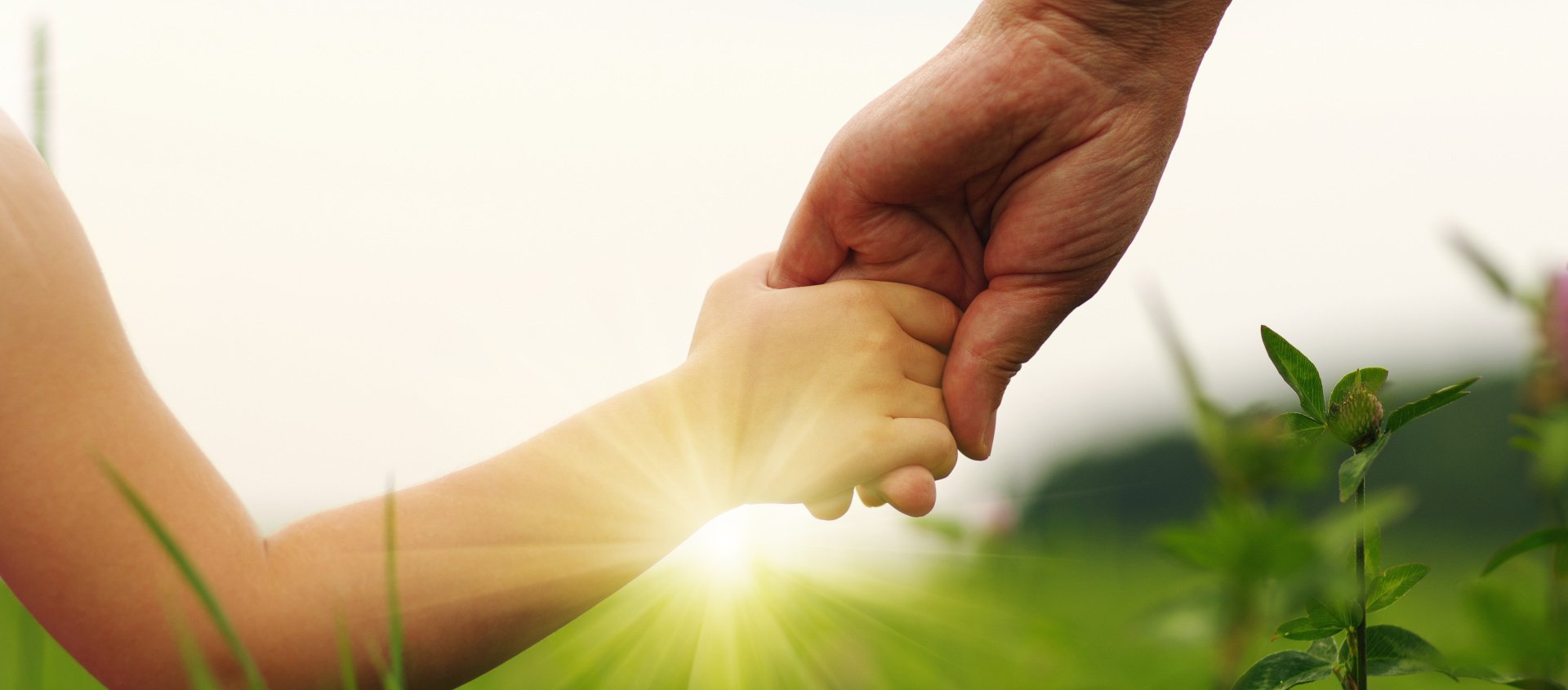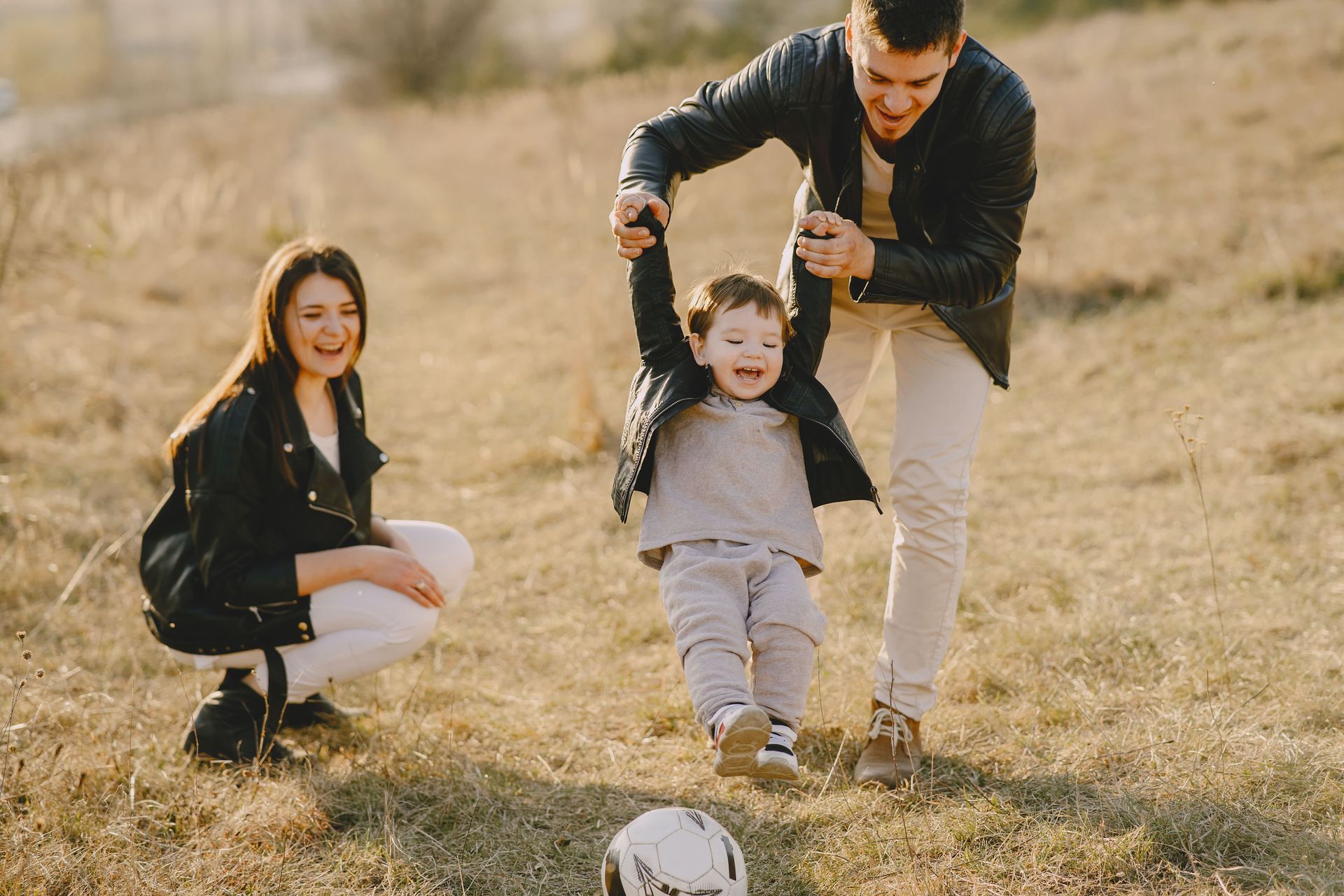
Birth Order and the Blended Family
We have six kids. I suppose anybody from a big family gets used to being asked “what number” they are. My younger ones have to think about it. So do my two eldest. Our adopted daughter, now 21, was the youngest of five siblings in her birth family in Africa. When we adopted her, she became the oldest of our crew. After seven years with us, she’s used to saying she’s the oldest (but still not completely used to all of the implications of little brothers and sisters). Our firstborn has tripped over the question for years. Now that he’s thirteen he’s finally got a quick reply: “I used to be the oldest.”
It’s interesting how ingrained their birth order is into their personalities. Firstborn is very much a firstborn. He’s responsible and totally embraces the role of smart (translation by siblings: know it all) older brother. Miss 21-year old loves her role as eldest, but her first fourteen years as baby are still deeply rooted. Despite her love of independence, she still texts me, “Mom, I’m hungry,” (can you hear the whine?) from her work.
Disrupting the Birth Order
In the private and international adoption world, our situation is a bit unusual, in that most folks heed the common advice, “don’t disrupt birth order,” when adopting. Both Mr. Adolescent and Miss 21-year-old can attest that there’s wisdom in that advice; they’ve butted heads more than any two siblings in our family. However, in families blended through marriage, there’s often no choice in the matter. We don’t get to choose the ages of our spouse’s children.
In the private and international adoption world, our situation is a bit unusual, in that most folks heed the common advice, “don’t disrupt birth order,” when adopting.
Birth order disruption is common. It’s surprising to me how much playtime birth order gets in adoption books, but how little it gets in the context of the blended family. We expect our kids to adapt to their new sibling dynamics. And we should. They have to. But recognizing the magnitude of what we’re asking them to do, I think, is very important in helping them adapt to their new role.
Pros and Cons
Having to adapt isn’t a bad thing. In fact, it’s a really important skill to develop. Stepping outside of the roles we’ve grown comfortable with causes growth . Mr. Adolescent is no worse for the wear for having been knocked down a peg or two by an unexpected older sister. Wearing the mantle of eldest has helped our previously “baby” girl become more others-focused and responsible. As parents, we’ve helped them navigate those roles and relationships.
Stepping outside of the roles we’ve grown comfortable with causes growth.
Recognizing that it’s an issue, though, has been vital. I wouldn’t trade my family for anything, but the advice I can give to families considering or anticipating a similar situation is to educate and prepare yourself for the challenges to come. Seeking out advice from a therapist and speaking with other adoptive parents or parents in a blended family are all good ways to help smooth the bumps on the birth order road.




